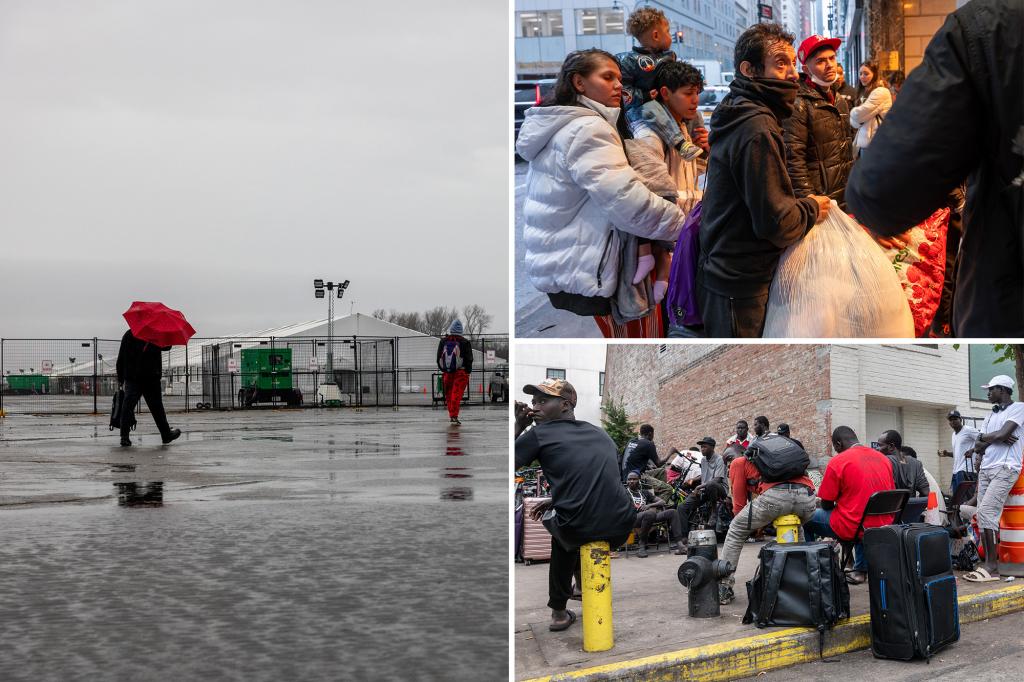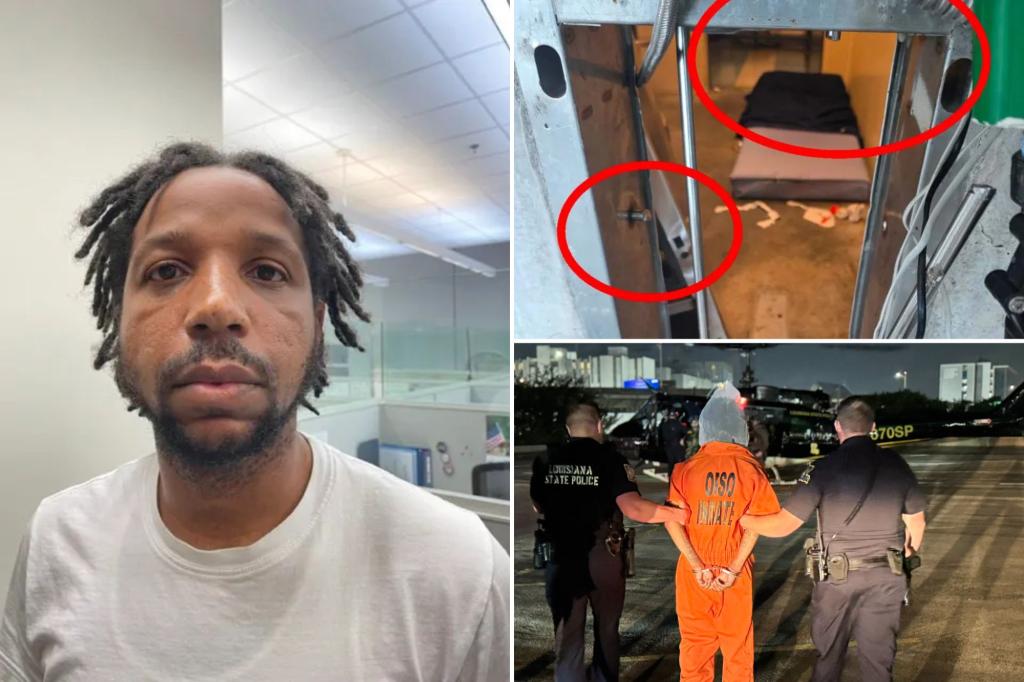Unveiling the Hidden Crisis: NYC’s Illegal Migrant Crime Surge
New York City faces a mounting public safety crisis as recent crime data reveals a sharp increase in offenses linked to illegal migrants. Over the past 12 months, arrests involving undocumented immigrants have surged by 34%, with violent crimes accounting for nearly 40% of cases. The trend has ignited fierce debates about sanctuary policies, resource allocation, and the need for federal intervention as overwhelmed local authorities struggle to respond.
Crime Statistics Paint a Troubling Picture
NYPD arrest records show disturbing patterns emerging since mid-2022:
- Robberies involving migrant suspects increased 52% year-over-year
- Assault cases rose 41% among the same demographic
- 15% of all felony arrests now involve individuals without legal status
The 110th Precinct in Queens—home to several migrant shelters—reported the most dramatic spike, with migrant-related crimes jumping 68% since 2023 began. “These aren’t petty offenses,” said Police Commissioner Edward Caban during a recent press briefing. “We’re seeing organized theft rings, violent assaults, and even cases of human trafficking emerging from these populations.”
Policy Collisions: Sanctuary City vs. Public Safety
New York’s longstanding sanctuary policies complicate law enforcement efforts. The city limits cooperation with federal immigration authorities, creating what some experts call a “revolving door” for offenders. Former ICE field office director John Tsoukaris warns: “When local jurisdictions block communication with immigration officials, dangerous individuals often slip through the cracks only to reoffend.”
However, immigrant advocates counter that the data tells an incomplete story. “Arrest statistics don’t account for population density or socioeconomic factors,” argues Maria Torres of the New York Immigration Coalition. “Migrants actually have lower crime rates per capita than native-born citizens when you control for poverty levels.”
Case Studies Reveal Systemic Challenges
Several high-profile incidents have brought the issue to boiling point:
- The Times Square Brawl: 7 migrants arrested after attacking police officers in January
- Queens Robbery Ring: 12 undocumented individuals charged with 28 convenience store holdups
- Bronx Shelter Stabbing: Fatal altercation between migrants over bunk space
These cases expose cracks in the city’s support systems. Over 150,000 migrants have arrived since 2022, stretching shelters beyond 150% capacity. “You take desperate people, put them in awful conditions with no work authorization, and wonder why crime happens?” asks Luis Gomez, a social worker at the Roosevelt Hotel shelter. “This was predictable.”
Economic Impacts and Community Backlash
Small businesses near migrant shelters report significant losses. A Flushing merchants association survey found:
- 73% of members experienced increased shoplifting
- 42% paid for private security upgrades
- 28% reduced operating hours due to safety concerns
Meanwhile, city spending on migrant services surpassed $4 billion annually—funds diverted from schools and infrastructure. “We’re sacrificing our children’s future to house people who broke the law to get here,” contends Staten Island community board member Angela Ferrara at a recent town hall meeting met with both cheers and jeers.
Law Enforcement’s Dilemma
The NYPD faces unprecedented challenges policing this crisis. Officers receive conflicting directives: protect immigrant communities while cracking down on crime. A leaked internal memo reveals 78% of patrol officers feel “undermined” by current policies. “We identify violent offenders who should be deported,” explains one anonymous detective, “but the system won’t let us act.”
District attorneys also grapple with prosecuting cases. “Without witness cooperation from migrant communities—often due to fear of deportation—many cases collapse,” says Brooklyn ADA Rachel Lin. Her office reports a 22% increase in dropped charges involving migrant defendants this year.
Looking Ahead: Policy Solutions and Predictions
As the crisis escalates, potential solutions emerge:
- Federal intervention: Biden administration considering targeted ICE deployments
- Work permits: Proposed state legislation to reduce economic desperation
- Shelter reforms: City council debates mandatory ID checks and curfews
Public safety expert Dr. Ellen Kreitman warns of long-term consequences: “Without coordinated action, we’ll see entrenched gang activity and parallel justice systems developing in migrant communities.” Meanwhile, Mayor Adams walks a political tightrope—pledging to maintain sanctuary protections while vowing to “remove those who make our city unsafe.”
The coming months will prove decisive as New York balances humanitarian obligations with residents’ safety concerns. For ongoing coverage of this developing story and ways to engage with local policymakers, subscribe to our civic affairs newsletter.
See more Update My News



